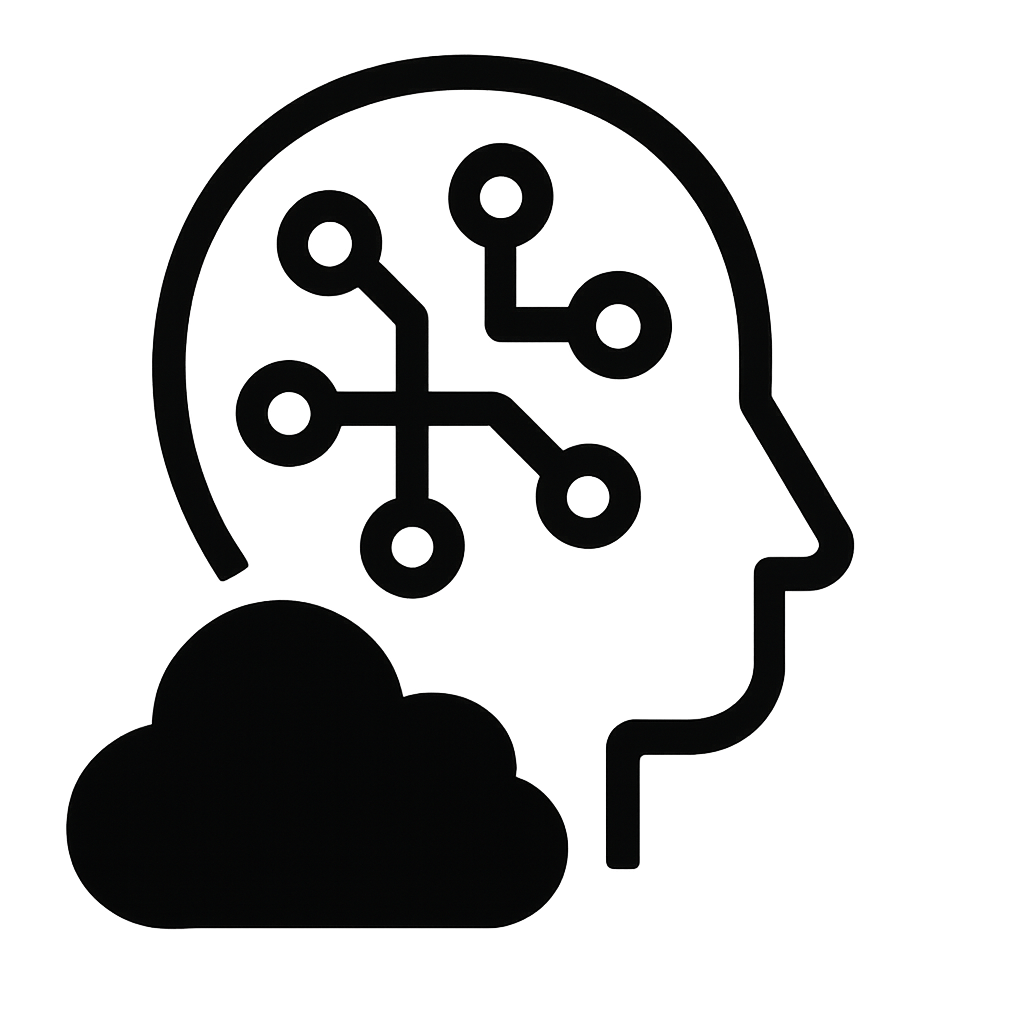
Clear Thinking in Data, Cloud, and AI
Practical insights from real-world cloud, data, and AI engineering
-
Building a Practical Azure Landing Zone for a Small Organization — My Hands-On Journey
Over the past few weeks, I went through the full process of designing and implementing a lean but enterprise-grade Azure Landing Zone for a small organization. The goal wasn’t to build a complex cloud platform — it was to create something secure, governed, and scalable, while remaining simple enough to operate with a small team.…
Categories:
Read more: Building a Practical Azure Landing Zone for a Small Organization — My Hands-On JourneyWritten by
on
-
PowerShell Automation at Scale: Lessons from Azure Platform Operations
PowerShell remains one of the most effective tools for automating Azure platform operations. It is powerful, flexible, and deeply integrated into the…
Categories:
Read more: PowerShell Automation at Scale: Lessons from Azure Platform OperationsWritten by
on
-
Why the Cloud & Integration Engineer Role Is AI-Resilient
As AI rapidly accelerates software development, many engineers are asking a reasonable question: “Will my role still matter in an AI-driven future?”…
Read more: Why the Cloud & Integration Engineer Role Is AI-ResilientWritten by
on
-
Azure Tenant vs Subscription vs Landing Zone (Plain English Guide)
If you work with Azure long enough, you’ll hear three terms used together—and often confused: They sound technical, but the ideas behind…
Categories:
Read more: Azure Tenant vs Subscription vs Landing Zone (Plain English Guide)Written by
on
-
Building a FinOps Cost Intelligence Dashboard on Azure: From Raw Data to Operational Insight
Over the past few weeks, I built a FinOps cost intelligence workflow that ingests Azure daily cost data, stores it in Dataverse…
Categories:
Read more: Building a FinOps Cost Intelligence Dashboard on Azure: From Raw Data to Operational InsightWritten by
on
RECENT POSTS
-
Building a Practical Azure Landing Zone for a Small Organization — My Hands-On Journey
-
PowerShell Automation at Scale: Lessons from Azure Platform Operations
-
Why the Cloud & Integration Engineer Role Is AI-Resilient
-
Azure Tenant vs Subscription vs Landing Zone (Plain English Guide)
-
Building a FinOps Cost Intelligence Dashboard on Azure: From Raw Data to Operational Insight
Categories
Tags
ADO ai angular asian asp.net asp.net core azure ACA azure administration Azure Cloud Architect Azure Key Vault Azure Storage Blazor WebAssembly BLOB bootstrap c# containers css datatables design pattern docker excel framework Git HTML JavaScript jQuery json knockout lab LINQ linux power bi powershell REST API smart home SQL Agent SQL server SSIS SSL SVG Icon typescript visual studio Web API window os wordpress
ARCHIVE
DISCLAIMER
The information on this weblog is provided “as is,” without warranties of any kind, and confers no rights. The content reflects my personal views and does not represent the thoughts, intentions, plans, or strategies of any organization with which I am affiliated. Discussion and differing viewpoints are welcome; however, I reserve the right to moderate or remove comments that are abusive, profane, rude, or anonymous. Please keep the conversation respectful and constructive.